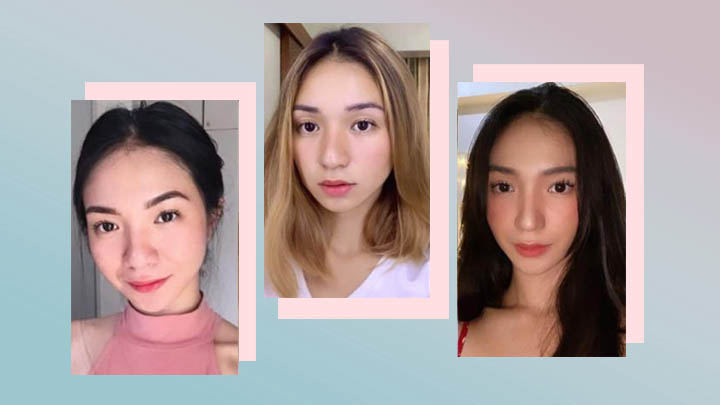Here’s How Surgeons Determine If You’re a Good Candidate for 360° Liposuction
July 14, 2023

A rhinoplasty is a pretty major procedure that requires a lot of physical, emotional, and (we’re not gonna lie) financial planning. It’s a surgery that alters a major part of your face—your nose—and once all is said and done, your Belo doctor will be sure to tell you the dos and don’ts. But for those still contemplating rhinoplasty and wondering what the downtime period will be like, we’ve painted a picture of your recovery period right here. You can continue to ponder your decision while our surgical suites remain closed due to government restrictions in light of COVID-19. Then, when aesthetic surgeries are allowed again, you’ll have made a decision. Now, without further ado…
Immediately after your surgery, a companion should always be available to assist you. Your Belo MD will ask you to rest with your head elevated, and this is important since you’ll be wearing a thermoplast splint for a few weeks post-surgery. This splint both protects your nose from infection and helps keep the shape of your nose intact. Many of our patients are able to resume normal activities, such as going back to work, in just 1-3 days, though a full recovery takes a few weeks.
After any rhinoplasty, swelling and bruising for the next several weeks is completely normal! Your nose area endured a lot of trauma, and in the case of an implant, a foreign object has been inserted into your body, so give it time to get accustomed. You may use ice packs on the affected areas to pare down the swelling. Some oozing (pink-red in color) or discharge from your nose and throat can also be expected in the first few days. Again, all part and parcel. You can always contact your Belo surgeon or nurse if you have any concerns at all. We’re just a call away.
For instance, you shouldn’t be blowing your nose. Nasal congestion is a common symptom post-rhinoplasty, but you can get rid of the mucus by gently dabbing with a tissue at the opening of your nostrils. Any crusting that develops can be removed with very gentle movements using a wet Q-tip (no harsh rubbing or picking!). You should strictly avoid sleeping on the side or stomach—sleep on your back to prevent altering the shape of your still-healing nose. Avoid touching or fiddling with your nose or splint unnecessarily (unfortunately, any itchiness will have to be endured). Tiis ganda! For more tips on what not to do during recovery, our staff will fully brief you prior to your procedure.
Our doctors will be sending you home with prescriptions for any one or more of the following: antibiotics, pain medication, special ointments, or nasal sprays, among others. You will be given clear instructions as to when and how to take or apply these medications. To ensure a successful recovery, be sure to follow these instructions faithfully and in a timely manner. If you need help remembering them, ask a companion to assist you, or set alarms on your phone just to be sure.
Once your splint has been removed and the swelling has subsided, you’ll be able to begin enjoying your new look. Your nose will only begin to get better from there, as best results can be seen as far as one year from your procedure. But before the glorious results, proper nose care needs to be observed first. Remember, how well you recover is largely up to you!
If you’d like to take the next step and talk to a doctor about whether or not you’re a candidate for rhinoplasty, book a consultation today by clicking here or calling 8819-BELO (2356).